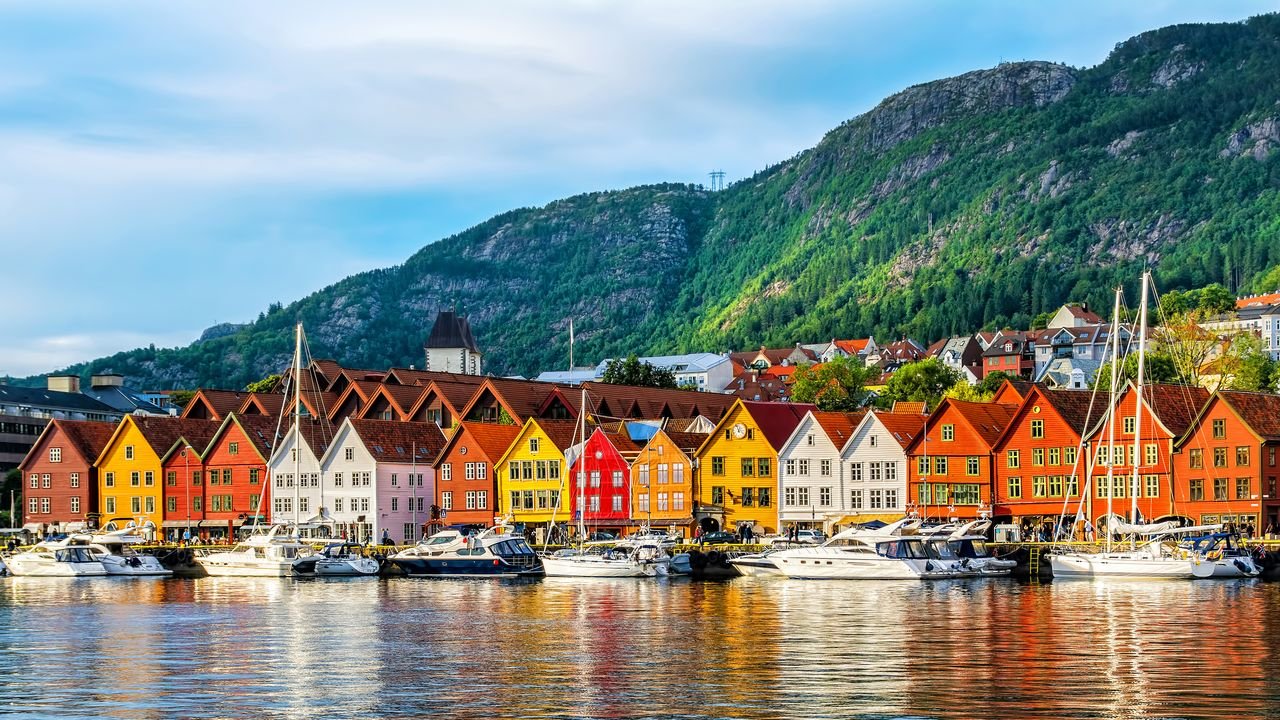Capital cities are often the most affected by pollution due to their dense populations and high levels of industrialisation and vehicular emissions. However, a few around the world are bucking the trend with impressively clean air. IQAir, a Swiss company that tracks global air quality, monitors fine particulate matter, or PM2.5, a small yet harmful pollutant that arises from the combustion of fossil fuels, dust storms, and wildfires, and is linked to various health risks. AQI, or Air Quality Index, is a scale used to measure air pollution levels in a particular region on the basis of how unhealthy it is for humans. It ranges from 0 to 500, with lower numbers indicating cleaner air and higher numbers indicating more pollution. An AQI below 50 is considered good, while anything above 300 is hazardous. Here are 20 capital cities currently reporting an AQI below 50.
- Oslo, Norway (Current AQI: 13)
- Washington D.C., USA (Current AQI: 16)
- Helsinki, Finland (Current AQI: 19)
- Stockholm, Sweden (Current AQI: 20)
- Seoul, South Korea (Current AQI: 22)
- Kyiv, Ukraine (Current AQI: 23)
- Copenhagen, Denmark (Current AQI: 24)
- Canberra, Australia (Current AQI: 25)
- Rome, Italy (Current AQI: 28)
- Amsterdam, Netherlands (Current AQI: 28)
- Moscow, Russia (Current AQI: 31)
- London, United Kingdom (Current AQI: 33)
- Bogota, Colombia (Current AQI: 39)
- Budapest, Hungary (Current AQI: 39)
- Berlin, Germany (Current AQI: 39)
- Vienna, Austria (Current AQI: 39)
- Bucharest, Romania (Current AQI: 41)
- Brussels, Belgium (Current AQI: 43)
- Algiers, Algeria (Current AQI: 44)
- Kampala, Uganda (Current AQI: 49)
These rankings are subject to changes. Readers are advised to check IQAir for updates figures.

